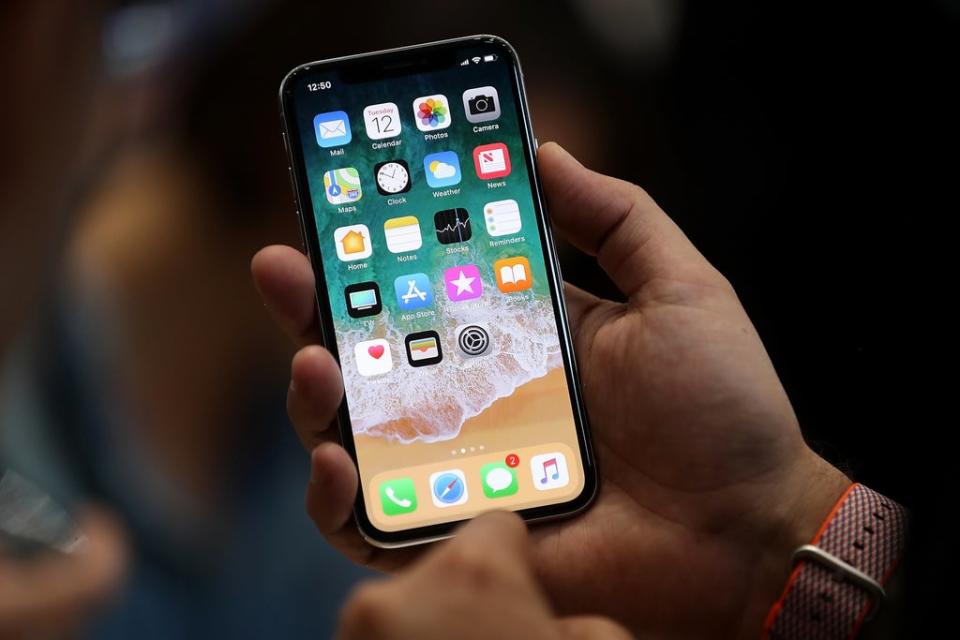Apple Pay Suspended Text: How to recognise and report scam iPhone messages

iPhone users are reporting receiving a scam text that claims that their Apple Pay has been suspended.
The Apple Pay suspended text says “Your Apple Pay has been suspended due to suspicious activity” and asks people to click on a link to reactivate their account.
The link has been flagged as “deceptive” by Google, which warns that the website “may trick you into doing something dangerous like installing software or revealing your personal information (for example, passwords, phone numbers or credit cards).”
If you receive this text, do not click the link or enter any personal information.
Find out below how to spot a scam text claiming to be from Apple, and how to report fraudulent messages.
How to avoid Apple scams
Apple has shared advice on how to avoid falling victim to scams, including how to recognise a fraudulent text message. iPhone users should be aware of the following sings of an Apple Pay scam:
The phone number doesn’t say its from Apple
The link doesn’t send you to Apple website
The text sounds different from other messages you’ve received from Apple
The text is asking for personal information or banking information
The message is unsolicited and contains an attachment
If you receive a text claiming to be from Apple, be wary and check for the signs mentioned above. If you’re not sure if a text is really from Apple or not, you can contact their customer service to double check.
Apple encourages its customers to report scam texts and emails to reportphishing@apple.com. If you receive a scam email, you can forward it directly to Apple, and if you receive a scam text, you can take a screenshot of it and include it in the email.
What is smishing?
Smishing comes from phishing, which is when scammers “fish” for your personal data via email or social media. Smishing is when scammers send people fake links via text or “SMS” message.

 Yahoo Movies
Yahoo Movies 